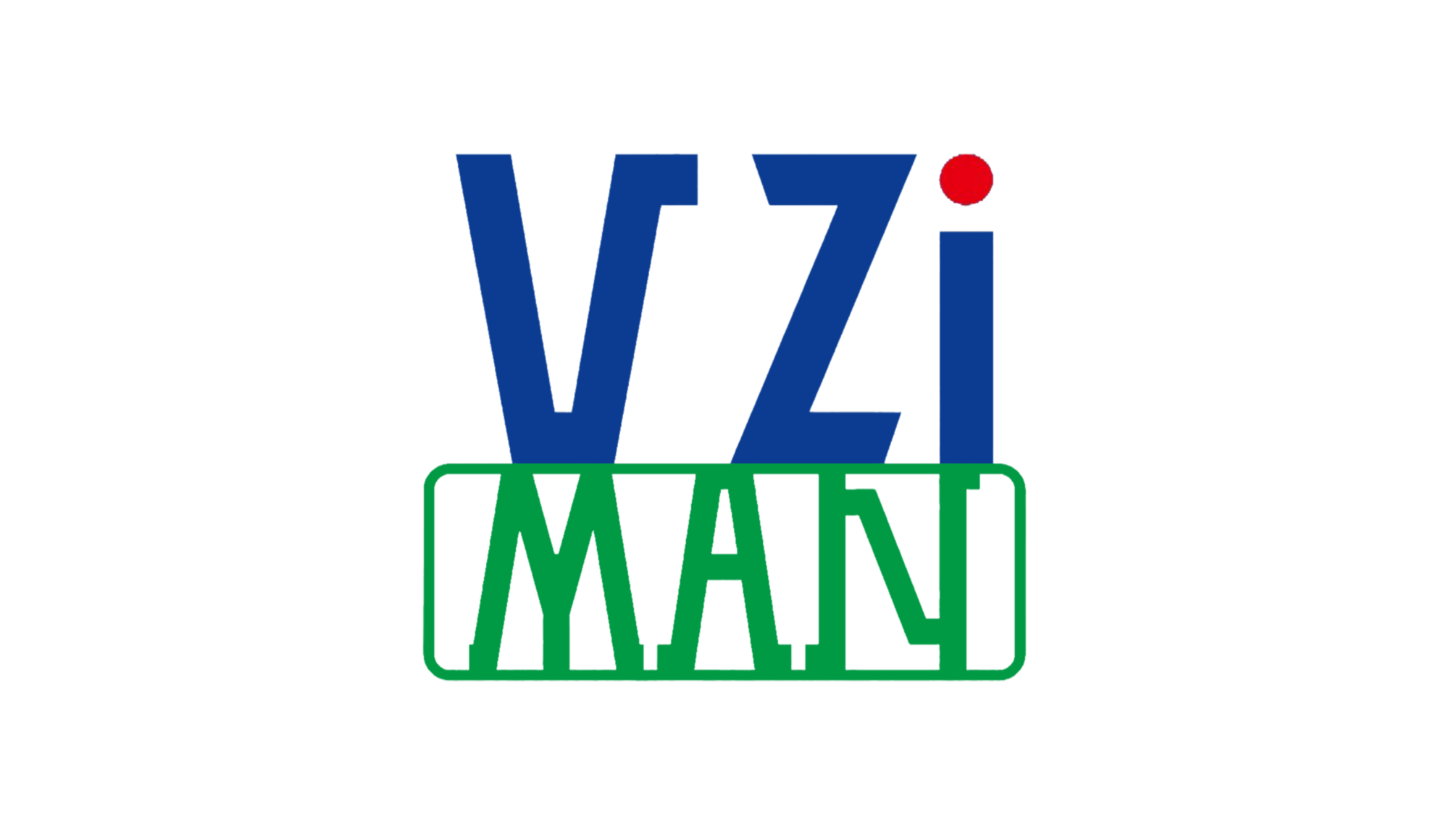UL Listed Three Phase Pad Mounted Power Transformer
discuss personally
Model
| Brand | Vziman |
| Model NO. | UL Listed Three Phase Pad Mounted Power Transformer |
| Rated frequency | 50/60Hz |
| Rated capacity | 1000kVA |
| Primary voltage | 33kV |
| Series | ZGS |
Description:
The UL-listed three-phase pad-mounted power transformer is an outdoor power distribution device compliant with the safety standards of Underwriters Laboratories (UL). It adopts a fully sealed pad-mounted structure, specially designed for medium and low-voltage power distribution systems. Its core characteristics are as follows:
Parameter:







